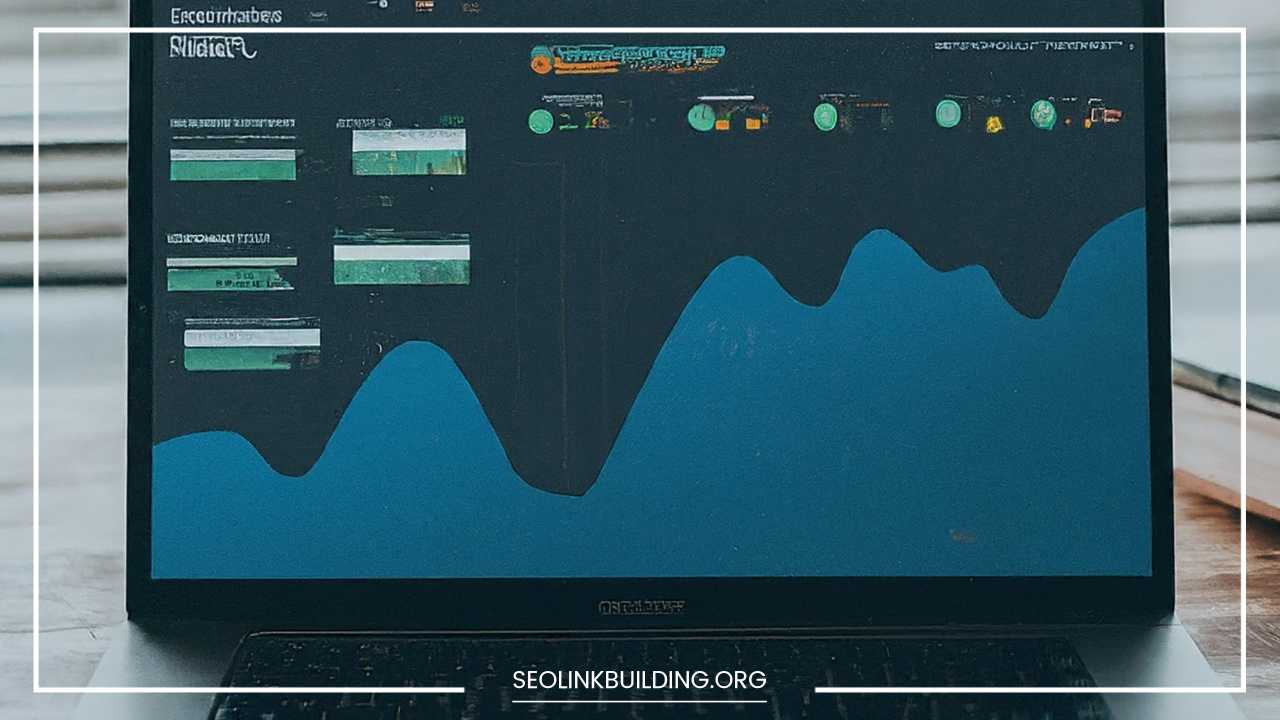Website Monitoring: Keep Your Site Healthy

Website Monitoring
Website Monitoring: Keeping Your Online Presence Healthy
In today’s digital landscape, your website is the cornerstone of your online presence. It serves as a virtual storefront, a hub for information, and a platform for building relationships with potential customers.
A well-functioning, informative website fosters trust, encourages conversions, and establishes your brand as a reliable authority.
Conversely, a website riddled with downtime, performance issues, or broken functionalities can damage your reputation, frustrate visitors, and lead to lost revenue.
The Vital Role of Website Monitoring
This is where website monitoring comes in. It’s the proactive practice of regularly checking your website’s health to ensure it’s accessible, performs well, and functions as intended.
By implementing website monitoring, you can identify and resolve issues before they significantly impact your visitors and your bottom line.
What Does Website Monitoring Encompass?
Website monitoring is a comprehensive practice that delves into various aspects of your website’s health and functionality. Here’s a breakdown of some key areas it focuses on:
-
Uptime Monitoring: This ensures your website is accessible to visitors 24/7. Monitoring tools will ping your website at regular intervals, simulating user requests, and alert you if it goes down. Uptime monitoring is crucial for maintaining a reliable online presence.
-
Performance Monitoring: This assesses how quickly your website loads and how responsive it is to user interactions. It measures metrics like page load times, first contentful paint (FCP), Largest Contentful Paint (LCP), Time to Interactive (TTI), and Fully Loaded Time. Fast loading times are essential for a positive user experience and search engine optimization (SEO).
-
Functionality Monitoring: This verifies that all the features and functionalities on your website work correctly. This includes forms, login areas, shopping carts, payment gateways, and any interactive elements. Broken functionalities can significantly hinder user experience and lead to lost conversions.
-
Broken Link Monitoring: Over time, links on your website can become outdated due to changes in your website structure, content migration, or external websites going offline. Broken links not only frustrate users who encounter “404 Not Found” errors but can also negatively impact your SEO. Website monitoring tools can crawl your website regularly and identify broken links that need to be fixed or removed.
-
SSL Certificate Monitoring: An SSL certificate encrypts data transmission between your website and visitors’ browsers, ensuring a secure connection. Monitoring ensures your certificate is valid and up-to-date. Expired or invalid certificates can trigger browser warnings, harming user trust and impacting website traffic.
-
API Monitoring: For websites that rely on Application Programming Interfaces (APIs) to integrate with third-party services or functionalities, monitoring API performance is crucial. Website monitoring tools can track API response times, identify errors, and ensure smooth data exchange.
-
Security Monitoring: Website monitoring can extend to security aspects as well. Tools can scan for vulnerabilities like malware infections, SQL injection attempts, and other security threats. Early detection and mitigation of security threats are essential for protecting your website and user data.
Benefits of a Proactive Approach: Why Website Monitoring Matters
There are numerous advantages to implementing a website monitoring strategy for your business:
-
Improved Uptime and Reliability: By proactively identifying and addressing website issues before they occur, you can minimize downtime and ensure your website is available to visitors whenever they need it. This builds trust with your audience and establishes your brand as reliable.
-
Enhanced User Experience: Fast loading times, smooth functionality, and a user-friendly interface are all essential for a positive user experience. Website monitoring helps identify and fix issues that can hinder user experience, leading to increased visitor satisfaction and engagement. Studies have shown that a one-second delay in page load time can result in a 7% drop in conversions.
-
Boosted SEO: Search engines prioritize websites that offer a fast and reliable user experience. By ensuring your website performs well in terms of loading speed, mobile-friendliness, and security, you can improve your ranking in search results pages, leading to more organic traffic.
-
Reduced Costs: Website downtime can result in lost sales and potential customers. Additionally, fixing major website issues after they occur can be more expensive than proactive monitoring and prevention. Early detection allows for swift resolution, minimizing potential damage and associated costs.
-
Faster Issue Resolution: Website monitoring tools provide real-time alerts when issues arise. This allows you to identify and address problems quickly, minimizing the impact on your website and visitors. Faster resolution times translate to a smoother user experience and fewer lost opportunities.
-
Improved Decision Making: Website monitoring tools provide valuable data and insights into your website’s performance. This data can help you make informed decisions about website optimization, content strategy, user experience improvements, and resource allocation. By analyzing user behavior and website performance metrics, you can refine your website to better meet the needs of your audience and achieve your business goals.
Choosing the Right Website Monitoring Tool for Your Needs
With a vast array of website monitoring tools available, selecting the right one for your specific needs can feel daunting. Here are some key factors to consider when making your choice:
-
Website Size and Complexity: The size and complexity of your website will determine the level of monitoring you require. Simple websites with static content may only need basic uptime monitoring tools. Conversely, larger websites with dynamic content, e-commerce functionalities, and numerous integrations might benefit from more advanced solutions offering comprehensive monitoring features.
-
Budget: Website monitoring tools range in price from free basic versions with limited functionalities to comprehensive paid plans with extensive features and customization options. Consider your budget and choose a tool that offers the functionalities you need at a price point you can afford. Many tools offer free trials, allowing you to test their features before committing to a paid plan.
-
Features: Evaluate the features offered by different tools. Essential features include uptime monitoring, performance monitoring with detailed metrics reporting, and real-time alerts. Additional features you might consider include RUM capabilities, transaction monitoring, advanced security scanning, mobile app monitoring, and customizable dashboards for data visualization.
-
Ease of Use: Choose a tool with a user-friendly interface that is easy to set up and navigate. You should be able to understand and utilize the data and reports generated by the tool without extensive technical expertise. Look for tools that offer clear documentation, tutorials, and customer support in case you encounter any issues.
-
Scalability: Consider your future needs. If you anticipate your website growing in size and complexity over time, choose a tool that can scale with your needs. Look for tools that offer flexible plans and add-on features that you can incorporate as your website evolves.
Taking Website Monitoring Beyond the Basics
While basic website monitoring is crucial, there are additional steps you can take to gain a deeper understanding of your website’s health and user behavior:
-
Competitor Monitoring: Some website monitoring tools allow you to track your competitors’ websites. This can provide insights into their uptime, performance metrics, and changes they might be making to their websites. By analyzing competitor data, you can identify areas for improvement on your own website and stay ahead of the curve.
-
Mobile App Monitoring: If your business has a mobile app, integrating it into your website monitoring strategy is essential. Monitor app performance metrics like crash rates, loading times, and user journeys to identify and address issues that could hinder user experience.
-
Website Visitor Recording: Some website monitoring tools offer visitor recording capabilities. This allows you to see how real users interact with your website, identify any usability problems they encounter, and understand their browsing behavior. By analyzing visitor recordings, you can optimize your website layout, content placement, and user flows for better engagement and conversions.
Final Word: Proactive Monitoring for a Healthy Website
In today’s competitive digital landscape, website monitoring is no longer optional. It’s a vital practice for ensuring your website’s health, performance, and security.
By implementing a comprehensive website monitoring strategy, you can proactively identify and address issues before they significantly impact your website and your business.
The benefits of website monitoring are far-reaching, leading to improved user experience, boosted SEO, increased conversions, and ultimately, a successful online presence.
By choosing the right website monitoring tool and taking advantage of its various features, you gain valuable insights and data that empowers you to make informed decisions about your website’s optimization and growth strategy.
Remember, a healthy website is a foundation for building trust, establishing brand authority, and achieving your business goals in the digital world.













